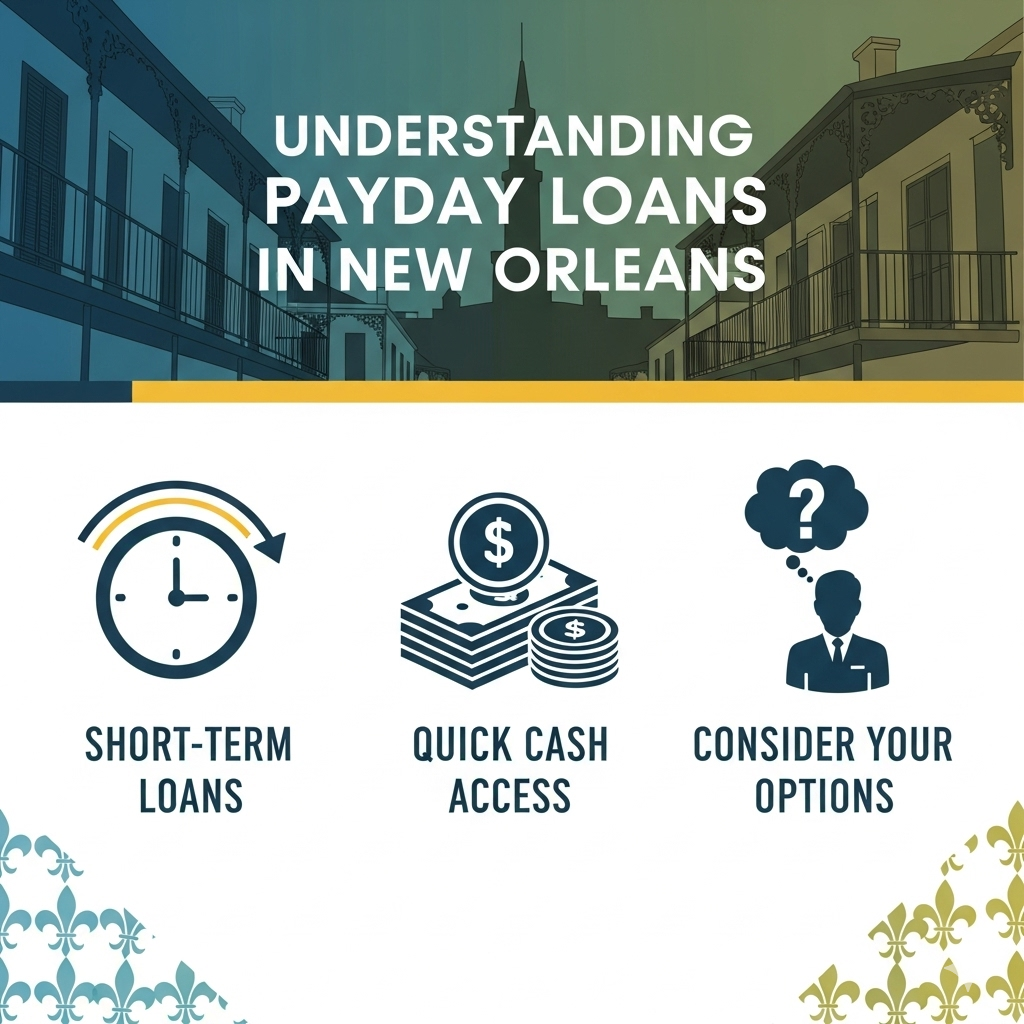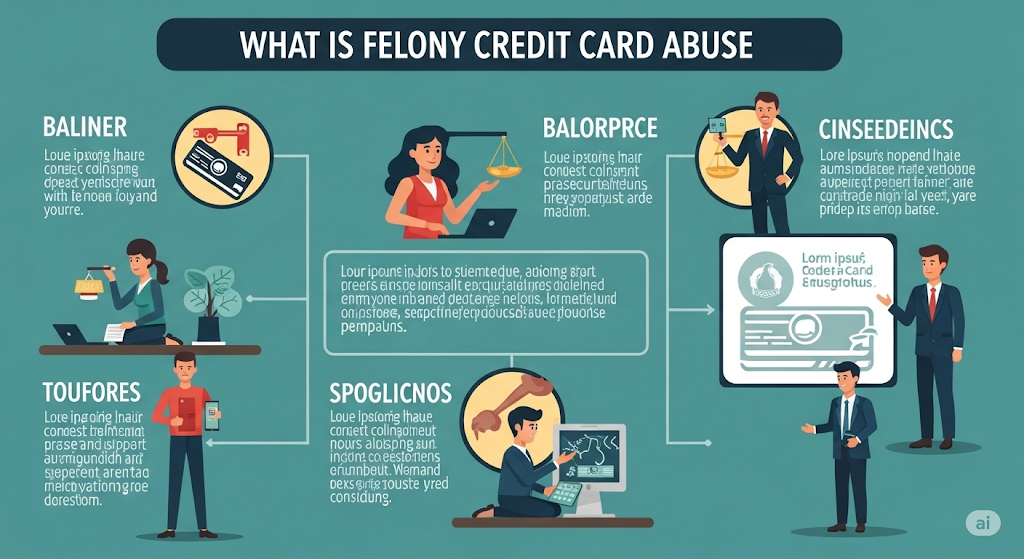
Felony credit card abuse involves the illegal use or possession of credit cards with fraudulent intent, often resulting in significant financial harm. It is a serious crime typically charged when the value involved exceeds a certain amount or when the act involves repeated offenses, leading to severe penalties such as hefty fines and long prison sentences. This distinguishes it from lesser offenses like misdemeanors, which usually involve smaller amounts or less harmful conduct.
The laws governing felony credit card abuse vary by jurisdiction but generally focus on actions like using stolen, forged, or counterfeit cards to obtain money, goods, or services unlawfully. Cases that cross state lines or affect interstate commerce often result in federal charges with harsher consequences.
Understanding what constitutes felony credit card abuse is crucial for anyone facing related allegations or wanting to avoid unintentional violations. The legal definitions and penalties can be complex, making it important to recognize when a credit card misuse might escalate to a felony.
Understanding Felony Credit Card Abuse
Felony credit card abuse involves serious violations related to the unauthorized use, possession, or theft of credit cards that surpass misdemeanor thresholds. The severity depends on factors like the amount involved, repeat offenses, and whether vulnerable victims are affected. Understanding the distinctions and examples clarifies the legal consequences one may face.
Definition of Felony Credit Card Abuse
Felony credit card abuse occurs when an individual uses or possesses a credit card without authorization, typically involving significant monetary value or repeated offenses. It includes actions such as stealing, forging, or fraudulently using credit card information.
States like Texas classify credit card abuse as a state jail felony. Penalties range from 180 days to 2 years in jail, which is more severe than a misdemeanor. Federal law addresses larger-scale fraud with potential sentences up to 20 years.
Felony-level abuse often requires proof of intent to defraud or cause financial harm. Simple possession of a stolen card or unauthorized use can lead to felony charges if the value meets state thresholds.
Difference Between Misdemeanor and Felony Charges
Misdemeanor credit card abuse generally involves smaller amounts or first-time offenses and results in lesser penalties like fines, probation, or short jail time under one year. Felony charges apply when the stolen amount exceeds a set dollar value or when aggravating factors exist.
Felony charges carry harsher punishments, including state prison time, larger fines, and long-term criminal records. Repeat offenses or abuse involving vulnerable victims such as the elderly can elevate misdemeanor charges to felonies.
For example:
| Charge Type | Typical Value Involved | Penalties | Examples |
|---|---|---|---|
| Misdemeanor | Under $1,000 | Fines, <1 year jail, probation | Unauthorized card use first offense |
| Felony | Over $1,000 | 1-20 years prison, large fines | Repeat abuse, elderly victim targeted |
Examples of Felony Credit Card Abuse
Examples include using stolen credit cards to buy goods or services, possessing multiple forged cards, or repeatedly using someone else’s card without permission. Using a credit card belonging to an elderly individual without consent can result in enhanced felony charges.
Cases like the Christell White Paterson credit card incident show how high-profile felony credit card abuse can involve identity theft and large financial fraud schemes.
First-time offenses involving credit card theft might be treated less harshly but can still lead to felony charges if the loss exceeds state limits. Prosecutors often consider the defendant’s history and the crime’s impact.
Felony credit card theft includes:
- Purchasing expensive items with stolen info
- Creating counterfeit cards
- Using another’s card repeatedly without authorization
Legal Elements and Statutes
Felony credit card abuse involves specific legal components that must be proven for a conviction. Various criminal statutes define the offense and outline penalties. Additionally, statutes of limitations limit the time available to file charges, which can differ by jurisdiction.
Key Legal Components
Felony credit card abuse requires proving intentional and unauthorized use of a credit or debit card. The offender must knowingly use a card that is fake, stolen, forged, expired, or belongs to someone else.
The use must be for obtaining goods, services, or money, and the value involved often affects whether charges rise to the felony level. Evidence must show the defendant acted with fraudulent intent, not by mistake or accident.
Financial loss thresholds and prior criminal history also impact the severity. For example, more substantial theft amounts usually trigger felony charges, while smaller amounts might result in misdemeanors.
Common Criminal Statutes
Different states and federal laws regulate credit card abuse. In California, Penal Code § 484g addresses fraudulent use of cards, covering both credit and debit types. It criminalizes knowingly using stolen or invalid cards.
Federal law under 15 U.S. Code § 1644 also punishes fraudulent credit card use affecting interstate commerce. Penalties vary between misdemeanor and felony depending on factors like transaction amount and criminal background.
Penalties can include imprisonment, fines, probation, or community service. Legal definitions may cover theft, possession of fraudulent cards, or using card information without authorization.
Statute of Limitations by Jurisdiction
The statute of limitations for credit card-related crimes varies widely. In Georgia, for example, the statute of limitations on credit card debt collections is typically four years.
Criminal statutes often carry shorter periods. Felony credit card abuse charges in many states must be initiated within three to five years from the date of the offense.
Federal cases tend to follow a five-year statute of limitations for similar fraud charges. If the time limit expires, the accused cannot be prosecuted for the alleged crime.
Knowing jurisdiction-specific limits is essential for both prosecution and defense strategies.
Common Methods Used in Credit Card Abuse
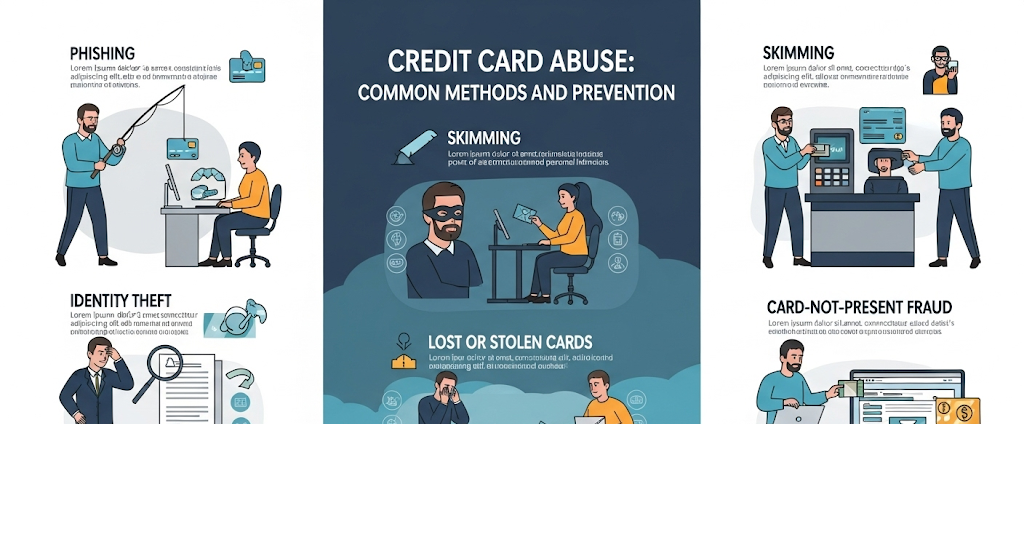
Credit card abuse involves several specific tactics that allow perpetrators to misuse accounts or data for illegal gain. These methods vary from direct fraudulent activities to sophisticated technological schemes designed to bypass security measures.
Fraudulent Activities
Fraudulent activities in credit card abuse typically involve using false information to gain credit or access funds. This may include applying for credit using stolen identities or false pretenses, such as creating fake accounts or submitting forged documents.
Charges like “good sportsman” or “blossom up” on credit cards often refer to fabricated or unauthorized merchant descriptors designed to disguise illicit transactions. This tactic misleads cardholders about where charges originated, complicating detection.
Other forms include the use of credit card dump sites—online platforms selling stolen card data. Criminals obtain card numbers, expiration dates, and CVVs to make unauthorized purchases or create counterfeit cards.
Unauthorized Transactions
Unauthorized transactions occur when someone uses a credit card without the owner’s consent. This can happen through physical theft or by digital means like hacking into online accounts.
Terms like soft declined and hard declined appear in sales when a transaction is either temporarily rejected (soft) or permanently denied (hard), often due to fraud detection systems flagging suspicious attempts. Understanding these declines helps identify potential abuse early.
Some unauthorized use involves “acqra charges,” where fraudsters exploit merchant acquiring processes to funnel illegal transactions through legitimate merchant accounts, masking the true source of the charges.
Technology-Driven Schemes
Technology-driven credit card abuse includes hacking, phishing, and using proxy services to anonymize illegal purchases. For example, criminals may buy proxy with credit card to obscure their location when committing fraud.
“Modern leasing MI” charges on credit cards sometimes indicate recurring fraudulent payments linked to equipment or software leasing scams. These schemes leverage automated billing to extract funds over time without the cardholder’s awareness.
With data scraping and card cloning becoming more prevalent, fraudsters use advanced software to capture and replicate card information, making detection by retailers and banks more difficult. This exploitation of technology significantly increases the scale and impact of credit card abuse.
Penalties and Consequences
Felony credit card abuse involves severe legal and financial repercussions. These consequences affect individuals both in the immediate criminal justice process and in their long-term personal and professional lives.
Criminal Penalties
Felony credit card abuse typically results in state jail felony charges. Sentences range from 180 days to 2 years in jail. Fines can reach up to $10,000, depending on the case and jurisdiction.
In Texas, for example, these crimes are always prosecuted as felonies. Courts consider factors such as the amount involved and prior convictions when determining penalties. Federal charges can lead to even harsher punishments, including longer prison time and larger fines.
Potential Civil Consequences
Victims of credit card abuse may pursue civil lawsuits to recover lost funds. Offenders can be held financially responsible for damages beyond criminal penalties. This includes reimbursement for stolen amounts and any related costs.
Financial institutions may also impose additional fees or restrictions. Credit score damage could lead to higher interest rates or denial of future credit. These civil consequences compound the financial strain caused by criminal penalties.
Long-Term Effects on Individuals
A felony conviction for credit card abuse significantly impacts future opportunities. Employment can become difficult to secure, especially in fields requiring financial trust. Professional licenses may be revoked or restricted.
Housing applications and loan approvals are also affected by felony records. Social stigma and personal relationships may suffer due to the offense’s nature. Restoring financial credibility often requires considerable time and effort.
Defenses and Legal Representation
Felony credit card abuse charges require precise legal strategies and experienced counsel. Defenses focus on disproving intent or challenging evidence, while legal representation helps navigate complex procedures and negotiations. Prompt action and informed decisions are critical for protecting rights and minimizing penalties.
Possible Legal Defenses
Defense strategies often target key elements of the charge, especially fraudulent intent. A defendant may argue they lacked the intent to deceive or steal, which is essential for proving credit card abuse.
Challenging the reliability of evidence is common. This could involve questioning eyewitness testimony, scrutinizing digital records, or revealing procedural errors in how evidence was collected.
In some cases, the cardholder’s permission or authorization to use the card negates the abuse claim. Mistakes, such as using an expired or canceled card without knowing, might also weaken prosecution.
Role of a Criminal Defense Attorney
A defense attorney analyzes all case facts and evidence to craft a tailored strategy. They represent the defendant from investigation through trial or plea negotiations.
Attorneys work to identify weaknesses in the prosecution’s case, advocate for dismissal, or seek reduced charges. They explain legal rights, potential penalties, and options clearly.
Legal counsel also negotiates with prosecutors to explore plea deals when beneficial. Skilled representation improves the possibility of favorable outcomes, preventing harsh penalties or wrongful convictions.
Steps to Take if Charged
Immediate action is crucial. The accused should avoid discussing the case with anyone except their attorney to prevent self-incrimination.
Collecting and preserving evidence related to the case is important, including receipts, contracts, or communications.
Hiring an experienced lawyer specializing in credit card abuse or fraud supports building a strong defense. They review case details and manage all legal filings and court appearances.
Maintaining detailed records and cooperating with counsel improves the defense posture, especially when disputes involve contract or payment issues, such as if an attorney charges for credit card transaction fees.
Impact on Credit and Finances
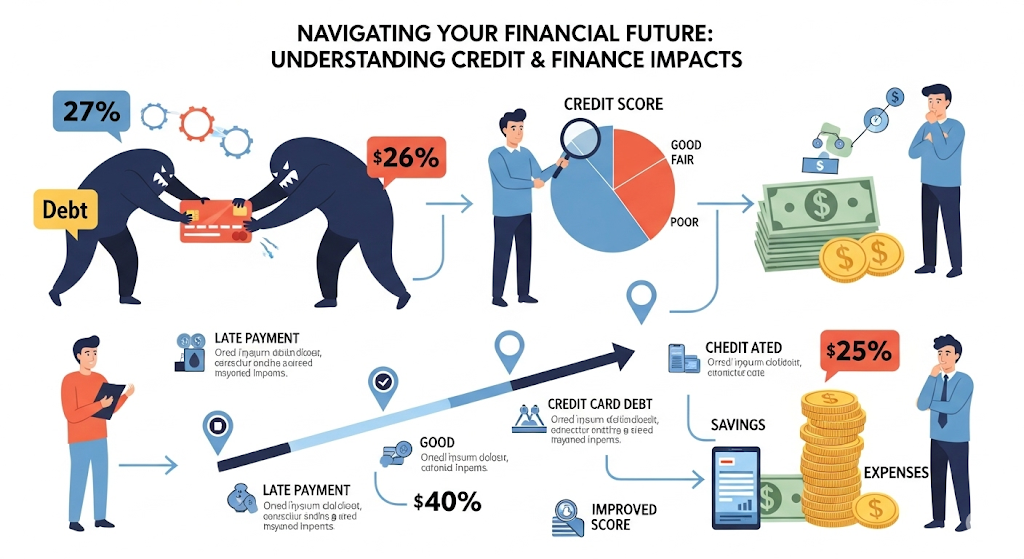
Felony credit card abuse can severely damage an individual’s financial standing. It often leads to lowered credit scores and can leave visible marks on credit reports that affect future borrowing opportunities. Understanding these effects is critical for managing one’s financial health after an offense.
Effect on Credit Score
Credit card abuse typically results in missed payments, increased debt, or account closures, all of which negatively impact credit scores. A felony conviction often coincides with significant unpaid balances or defaulted accounts.
Credit scores may drop substantially, sometimes by 100 points or more, depending on the severity and duration of the misuse.
A reduced credit score limits access to loans, credit cards, and favorable interest rates.
In extreme cases, credit card companies can pursue legal actions such as placing liens on a person’s house to recover unpaid debts. This possibility depends on state laws and the creditor’s policies.
How Credit Card Abuse Appears on Credit Reports
Credit reports will reflect late payments, charge-offs, or accounts sent to collections linked to credit card abuse.
Entries such as “JPMCB Card Services” may appear, indicating the creditor managing the debt or reporting the account status.
Felony credit card abuse may also be noted indirectly through public records like judgments or liens, which show up on credit reports.
These negative entries remain on credit reports for up to seven years, impairing creditworthiness.
Lenders reviewing credit reports will likely see these marks as indicators of high financial risk, influencing their lending decisions.
Prevention and Security Measures
Effective prevention of felony credit card abuse requires understanding practical steps to protect card information and using technologies designed to detect or block fraud. Cardholders, businesses, and financial institutions must adopt strategies that minimize vulnerabilities and respond quickly to suspicious activity.
Protecting Against Credit Card Abuse
Protection starts with controlling access to sensitive card data. Businesses, including credit unions or companies that issue business credit cards, should implement strict policies for handling card information. This includes secure storage, limiting who can access card details, and regularly reviewing transaction reports.
Individuals should verify the legitimacy of merchants before making purchases. For example, when deciding whether to pay for expensive procedures like LASIK with a credit card, careful research helps reduce risk. Promptly reporting lost cards or unauthorized transactions to the issuing bank or credit union also limits potential damage.
Regular reconciliation using credit card reconciliation software helps identify discrepancies quickly. This process ensures that all transactions match the cardholder’s records, allowing early detection of fraud or errors.
Best Practices for Cardholders
Cardholders must maintain vigilance over their accounts by monitoring statements daily. Setting up alerts for large or unusual transactions immediately notifies the cardholder of potential abuse.
Avoid sharing card details or personal identification numbers (PINs) online or over the phone unless the recipient is verified. Secure internet connections and updated antivirus software reduce exposure to hacking attempts.
Proper security measures for a debit card account overlap with credit card safety and include regularly changing PINs and avoiding public Wi-Fi for financial transactions. Using multi-factor authentication adds an additional layer of protection.
Security Technologies in Use
Financial institutions increasingly rely on technologies like EMV chip cards, which generate unique codes for each transaction, reducing the effectiveness of stolen card data.
Fraud detection software monitors spending patterns in real time. When unusual activity is detected—such as sudden high-value purchases or geographical inconsistencies—transactions can be flagged or blocked.
Tokenization replaces card details in digital transactions with random tokens, protecting data during online shopping. Payment processors for businesses, including those issuing AAMCO credit card or other branded cards, often deploy these measures to enhance security.
Together, these tools form a layered defense that complements user vigilance and written policies to fight credit card abuse.
Debit Card and Payment Issues Related to Credit Card Abuse
Debit cards and electronic payment methods are common targets in credit card abuse cases. Various vulnerabilities in debit systems, issues with processing transactions, and challenges in identifying unauthorized charges increase the risk for consumers and businesses alike.
Debit Card Vulnerabilities
Debit cards, including electronic debit cards and Visa debit cards, come with inherent security risks. Since funds are deducted directly from an account, a chip malfunction or bypassing the PIN on a debit card can enable fraudulent transactions without immediate detection.
Some debit cards allow pinless transactions, increasing the risk of unauthorized use, especially in online or contactless payments. Business debit cards for personal use can complicate tracking fraud. Systems like Shazam debit cards face risks from electronic skimming and cloning.
Consumers often ask how someone can use their debit card without physically having it. Digital theft, data breaches, and poor security protocols facilitate such abuse. Unlike credit cards, debit card fraud may result in instant withdrawal of funds, impacting cash flow and recovery time.
Impact on Payment Processing
Payment processing systems must handle both credit and debit card transactions securely to prevent abuse. Debit card transactions can be categorized as either cash or accounts receivable, affecting how merchants reconcile payments.
Errors like a “100 Deerfield Lane charge on debit card” often reflect fraudulent activities or clerical mistakes in payment processing. Chip technology reduces fraud risk but issues like chip malfunction on debit cards can force authorization through less secure methods.
Electronic debit cards may be processed differently depending on whether they are linked as a Visa debit card or through ACH transfers. These differences influence liability in credit or debit card abuse cases, as some networks offer better consumer protections.
Recognizing Unauthorized Charges
Detecting unauthorized charges on debit cards is critical due to the immediate impact on account balances. Consumers should regularly review statements for suspicious activities, such as unknown vendor names or repeated small amounts.
Merchants and banks often flag unusual activity, but users must recognize alerts about bypassing PIN requirements or charges that do not match purchases. Questions like “Can I withdraw cash from my HSA debit card?” highlight how certain debit cards have restricted use, helping limit fraud scope.
If someone encounters charges they didn’t authorize, it often means their card data was stolen or compromised. Monitoring digital security and promptly reporting suspicious transactions can reduce loss and facilitate quicker resolution.
Relevant Financial and Payment Topics
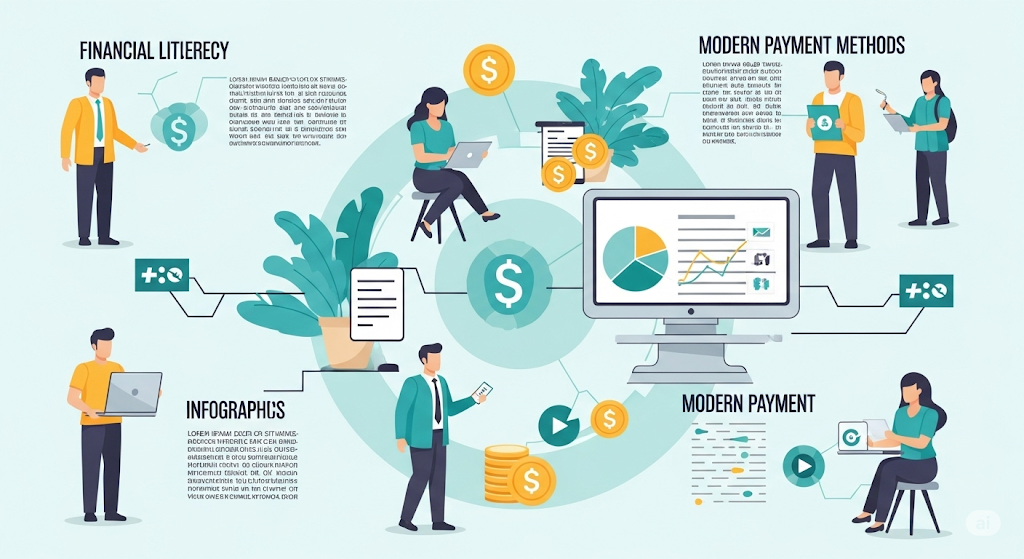
Various financial and payment issues intersect with credit card abuse, influencing how offenders and consumers manage their obligations or legal consequences. Familiarity with these topics helps clarify payment structures, legal implications, and assistance options affecting consumer finances.
Other Payment-Related Legal Matters
Legal matters connected to payments extend beyond credit card abuse and include tax payment compliance, loan agreements, and fraud prevention laws. For example, Oregon estimated tax payments require timely submission or penalties may apply, similar to how missed payments on loans trigger legal actions.
Business credit lines such as the TN bank business line of credit or Guidance line of credit come with contractual obligations and default risks. Failure to comply can lead to legal consequences resembling those for credit card fraud. Military payment certificates, like the 5 Cent Military Payment Certificate, have specific regulatory rules due to their historical and security contexts.
These various legal frameworks emphasize that misuse or non-compliance with payment systems can provoke criminal or civil penalties based on governmental or contractual standards.
Understanding Various Payment Methods
Payment methods range from traditional to specialized lines of credit or loan products. Real estate financing options include home equity loans in 2nd position and closed-end home equity loans, which differ in collateral requirements and repayment terms. Knowing the distinctions affects how payments are processed and protected legally.
Lines of credit such as construction line of credit, unsecured business lines of credit (e.g., Coast Hill), and cash value lines of credit provide flexible funding but require disciplined repayment to avoid default. Automatic payment pools allow recurring bills to be paid without manual intervention, reducing late fees or penalties.
Understanding these payment types aids consumers and businesses in selecting secure, appropriate financial tools while minimizing exposure to potential fraud or abuse charges.
Special Payment Plans and Assistance Programs
Payment plans and assistance programs help individuals manage high-cost services and essential expenses without triggering financial strain. For medical services, an orthodontist payment plan or a root canal dentist Seattle payment plan spreads out costs over time, making large treatments more affordable.
Automobile buyers may use automobile down payment assistance programs to reduce upfront costs. Social safety nets like the $1800 Social Security payment provide direct financial aid to eligible recipients, helping maintain basic living standards.
Consumers should also consider interest rates on loans, such as HELOC rates in Wichita KS or home equity loan rates in Virginia, before enrolling in payment plans. These rates affect monthly obligations and overall debt management, which are critical when navigating potential legal or financial challenges connected to credit card and loan payments.




